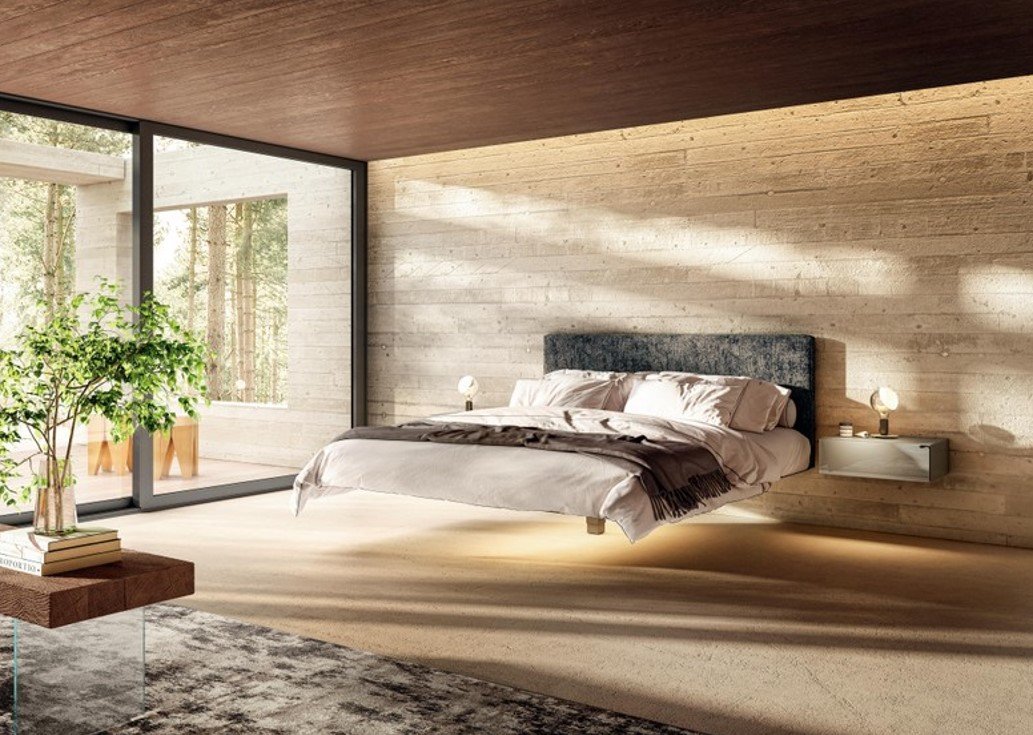Home Improvement
Furniture as Narrative Structures: How Italian Design Gives Meaning to Space

Italian design, renowned for its balance between aesthetics and intent, perfectly illustrates this ability to give space meaning through furniture.
Furniture as language: form, function, and symbolism
Every piece of furniture has a shape, a function, and a presence. But when conceived as a true design object, it also becomes a vehicle of language.
Lines, materials, and proportions speak to both the eye and the mind. Italian design excels at this: it doesn’t merely create objects; it creates symbols. A table with clean contours may evoke contemporary conviviality, a highly versatile modern sideboard can symbolise openness and lightness.
The harmony between practical use and formal expression turns the object into a message. In this approach, furniture becomes a tool for silent storytelling, conveying culture, style, and intention.
Staging emotion: furniture as an atmosphere creator
A piece of furniture can evoke a feeling, create a mood, or influence the ambience of a space. By working with materials, textures, colours, and volumes, Italian design creates interiors where emotion takes form.
Warm natural wood visually softens a room; brushed metal introduces a sense of contemporary discipline; a lacquered finish reflects light and adds depth.
These choices are never neutral – they are part of a deliberate composition designed to speak to the senses. Far from static decoration, the interior becomes a living environment, shaped by subtle or vivid emotions, where every piece brings its nuance, rhythm, and meaning.
Creating interior narratives: visual coherence and stylistic continuity
A narrative approach to interior design is not about simply placing furniture within a space – it’s about creating dialogue between pieces. Layouts, proportions, and design cues generate a visual thread that links rooms together.
Italian design prioritises this sense of continuity: an open bookshelf in the living room might mirror the finishes of a table in the adjacent kitchen, while a floating bed – appearing to defy gravity – extends the same visual language into the sleeping area.
This play of echoes and subtle references weaves a coherent story across the home. It’s no longer a collection of isolated objects, but a fluid, structured, and expressive whole. Design becomes a form of spatial storytelling, where each element contributes to a refined and unified design language.
An individual-focused approach: expressing identity through space
Telling a story through furniture also means enabling each person to express their own. Italian design places great value on personalisation, modularity, and creative freedom.
Furniture is not imposed as a fixed solution but offered as a flexible tool – adaptable to individual needs, preferences and lifestyles. Choosing a finish, combining different elements, adjusting dimensions: each gesture helps shape a custom interior that reflects one’s personal identity.
Space as self-expression, design as silent language
Transforming a home into a visual narrative means thinking of each piece as a chapter, each layout as a sentence. Italian design gives people the means to write these stories by combining form, material, and emotion. Blending intention and intuition, it offers a subtle yet powerful language capable of shaping spaces that speak to both the eyes and the soul.
LAGO: modular and sustainable design for evolving spaces
In a world where lifestyles are increasingly fluid and living needs are rapidly changing, LAGO offers a design vision rooted in adaptability, sustainability, and coherence.
Founded in 1976 and anchored in a solid artisan tradition, the company has established itself internationally as a benchmark in high-end modular furniture. Its approach is based on a clear idea: to create solutions that adapt to people just as much as to the spaces they inhabit.
Modularity is at the heart of LAGO’s philosophy. Each piece is designed to be reconfigurable, customizable, and built to last. The collections include sideboards, beds, bookshelves, and tables, all characterised by a style that is both essential and refined, yet never impersonal.
This formal flexibility is matched by a constant focus on environmental impact. LAGO has adopted a production model based on strict ecological standards: the use of eco-compatible materials, optimised resource management, energy control, and product longevity. This sustainable approach spans every stage of the product lifecycle – from design to after-sales service.
Innovation is also expressed through digital tools. The online configurator, designed for both private clients and professionals, enables precise, personalised interior planning. It minimises uncertainty and supports project realisation through a clear, interactive, and high-quality process.
Active in over 20 countries and present through a network of more than 500 selected retail partners, LAGO has built a carefully measured international presence without compromising its model based on quality, dialogue, and consistency. Its projects in hospitality, retail, and commercial environments are a testament to its ability to tailor solutions without ever losing its identity.
-

 Social Media2 months ago
Social Media2 months agoWhat the “67” TikTok Meme Really Means
-

 Tech2 months ago
Tech2 months agoWhat To Do When Your Business Faces Network Vulnerabilities
-

 Self Improvement2 months ago
Self Improvement2 months agoUsing BCBS Rehab to Access Quality Addiction Care
-

 Games2 months ago
Games2 months agoPusoy Strategies for Play That Also Work in Pusoy Dos in English






